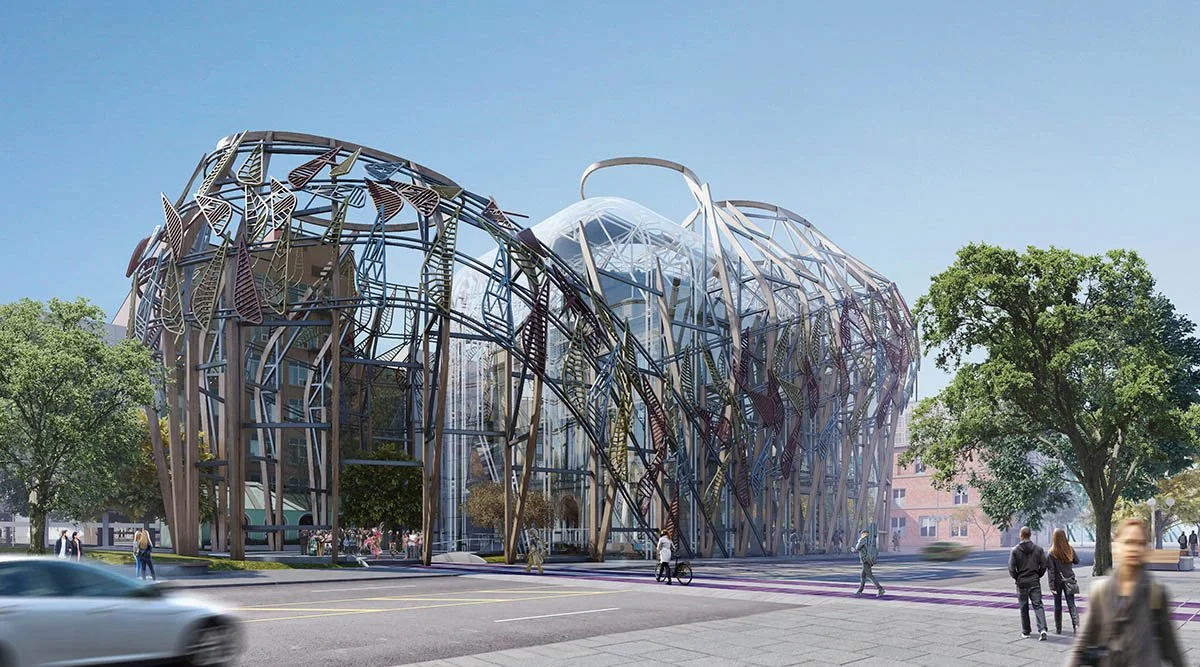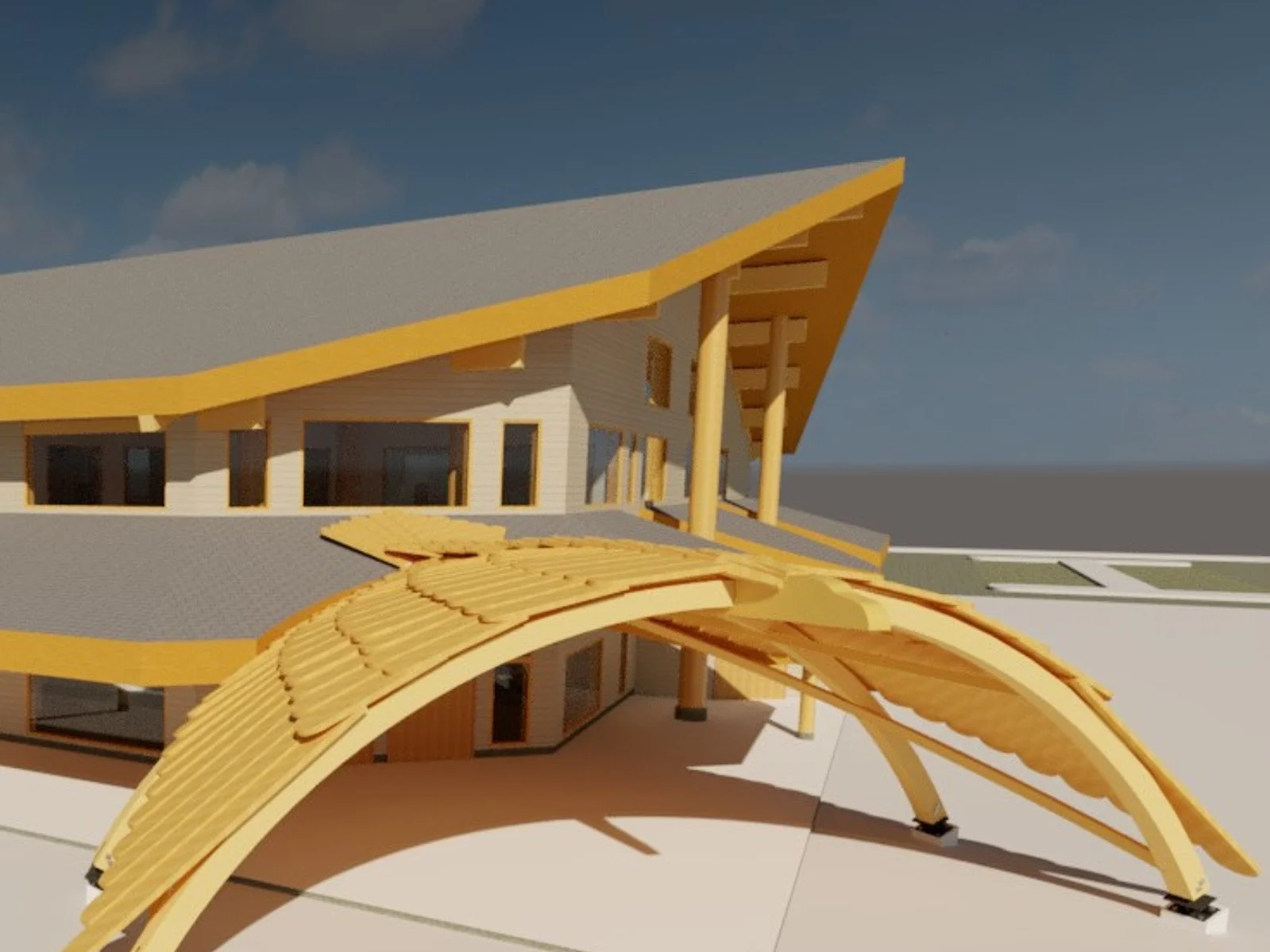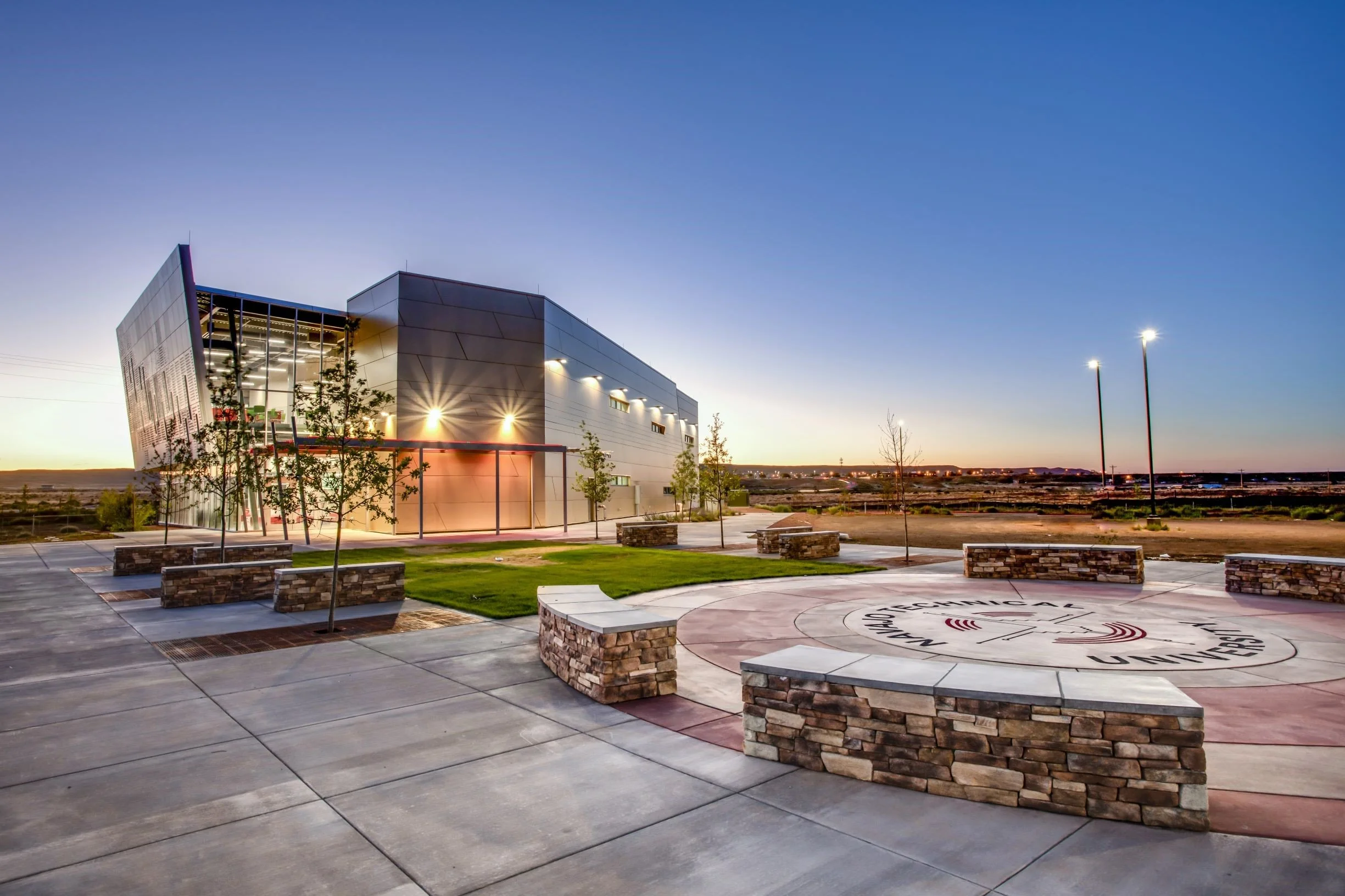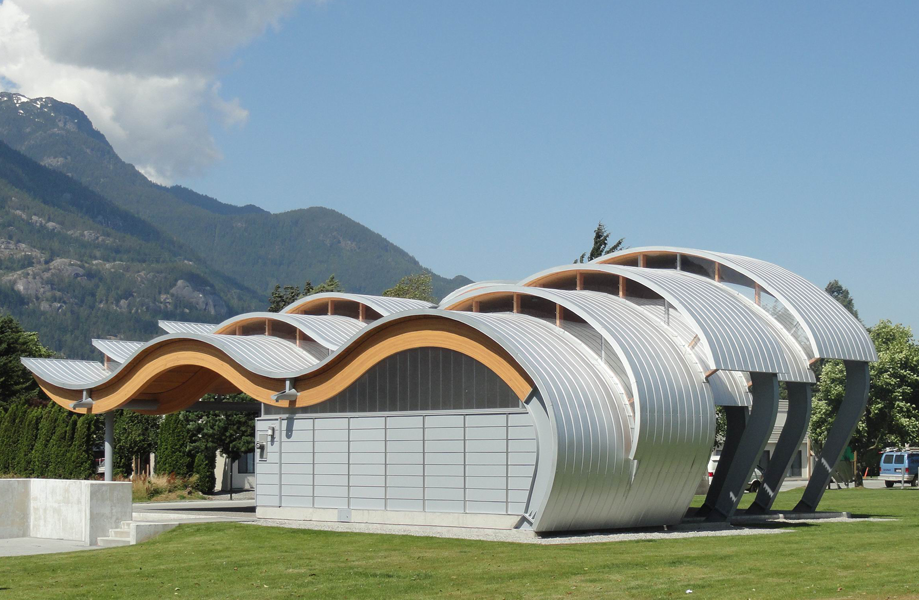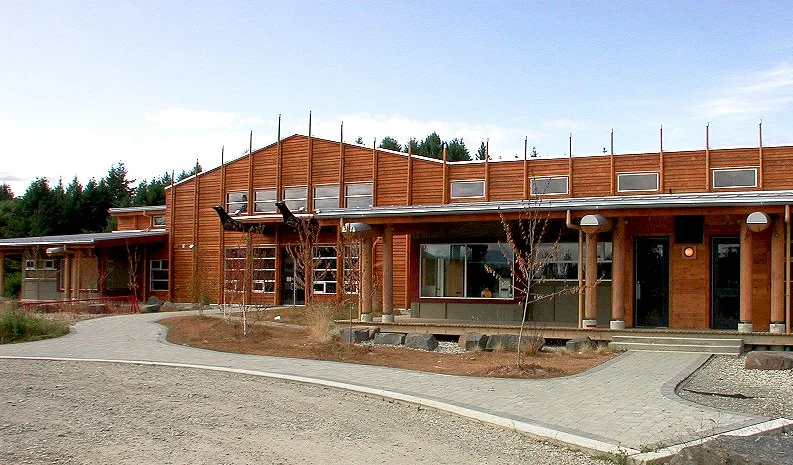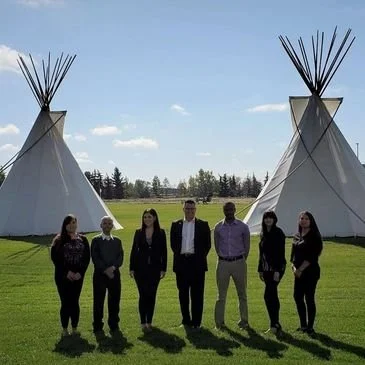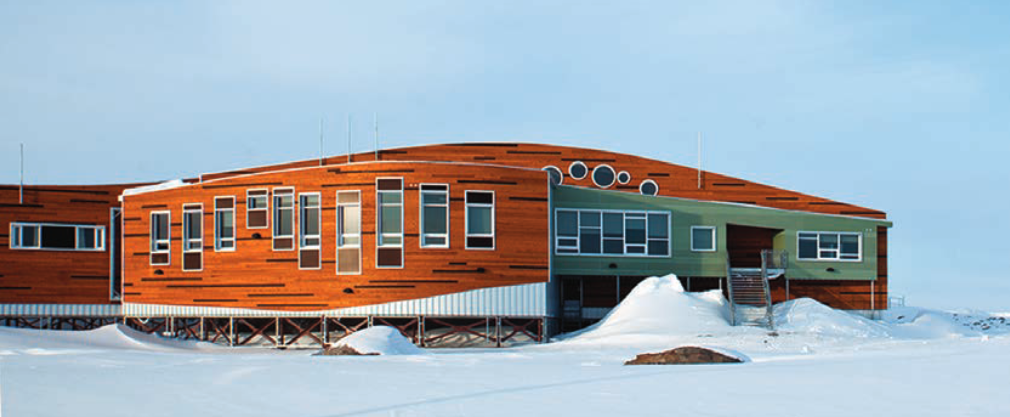
Our Exhibition
Canada Council for the Arts selected internationally renowned architect Douglas Cardinal and a team of Indigenous architects to represent Canada at the 2018 Venice Architecture Biennale. Mr. Cardinal, the driving force behind this historical initiative, is best known for his designs of the Canadian Museum of History and the Smithsonian National Museum of the American Indian in Washington D.C. UNCEDED: Voices of the Land is an unprecedented exhibition - the first Canadian Entry to the Venice Architecture Biennale to be presented in its full integrity on North American soil, at the Canadian Museum of History in 2019, and in Edmonton City Centre in 2025.
This exhibition features 18 Indigenous architects from Turtle Island. Together with Cardinal they showcase their innovative design talent through an audio-visual and breathtaking installation.
UNCEDED: Voices of the Land is a celebration of Indigenous architecture that speaks to and from landscapes of resilience – overcoming limitations and serving as a beacon of hope and pride for Indigenous designers across Turtle Island.
UNCEDED is an experience bringing together the past, present and future of Indigenous experience as seen through the eyes and minds of Indigenous architects. The exhibition tells the story through four thematic metaphors – Indigeneity, Resilience, Sovereignty, and Colonization.
UNCEDED: Voices of the Land is a storytelling experience. The audio-visual, multi-media presentation allows for many different voices to be heard, telling the story of an Indigenous expressionism across Turtle Island. Indigenous peoples are storytellers and Indigenous architects draw upon this gift to enhance their work.
The world needs a vision of hope. UNCEDED is a powerful vision of peaceful co-existence — a journey from disruption to healing and strength. The beauty and the creativity expressed by Indigenous architects in building and natural space is a new worldview – and the world will be better for it.
Douglas Cardinal
PRESENTER
Architect, O.C., Ph.D. (h.c.), B.Arch, O.A.A., A.A.A., S.A.A., A.I.B.C., A.I.A., NCARB, R.C.A.A., F.R.A.I.C., F.R.I.A.S., F.R.S.C.
As a master-builder, Douglas Cardinal’s life is dedicated to creating beautiful, thriving, and harmoniously built environments.
Douglas Cardinal’s architecture springs from his observation of Nature and its understanding that everything works seamlessly together. His work has defined contemporary Canadian, Indigenous, and organic architecture.
Throughout his career Mr. Cardinal has been forerunner of philosophies of sustainability, green buildings and ecologically designed community planning. Born in 1934 in Calgary, Alberta, his architectural studies at The University of British Columbia took him to Austin, Texas, where he achieved his architectural degree and found a life experience in human rights initiatives. Douglas then became a forerunner of philosophies of sustainability, green buildings and ecologically designed community planning. His architecture springs from his observation of Nature and its understanding that everything works seamlessly together.
In recognition of such work, Mr. Cardinal has received many national and international awards including: 20 Honorary Doctorates, Gold Medals of Architecture in Canada and Russia, and an award from United Nations Educational Scientific and Cultural organization (UNESCO) for best sustainable village. He was also titled an Officer of the Order of Canada, one of Canada’s highest civilian honours, and he was awarded the declaration of being “World Master of Contemporary Architecture” by the International Association of Architects.
Douglas Cardinal is one of the visionaries of a new world; a world where beauty, balance and harmony thrive, where client, architect, and stakeholder build together with a common vision.
Photograph by Yousuf Karsh.
-

Gerald McMaster
ORIGINAL CO-CURATOR
Ph.D.,O.C.
Curator, artist, author, and Tier 1 Canada Research Chair in Indigenous Visual Culture and Curatorial Practice at OCAD University — has over 30 years international work and expertise in contemporary art, critical theory, museology and Indigenous aesthetics. His experience as an artist and curator in art and ethnology museums has given him a thorough understanding of transnational Indigenous visual culture and curatorial practice.
Throughout his career, his championing of the mainstream value of Indigenous art, among other things, has led to his being chosen to represent Canada at a few prestigious international events. These include his serving as Canadian Curator for the 1995 Venice Biennale, and more recently as artistic director of the 2012 Biennale of Sydney.
McMaster is Plains Cree and a member of the Siksika First Nation. Widely published, his awards and recognitions include the 2001 ICOM-Canada Prize for contributions to national and international museology; in 2005 he received national recognition within the Native world by receiving the National Aboriginal Achievement Award; and that same year his country gave him its highest honour, the Officer of the Order of Canada.
-

David Fortin
ORIGINAL CO-CURATOR
Architect AAA, Ph.D. MRAIC, LEED A.P.
Raised in the Canadian prairies, David is a Métis architect and academic with special interests in the relationship between design culture and Indigenous peoples, as well as speculative architecture, including Indigenous and non-Indigenous science-fiction and the projected impacts of climate change.
He has worked for a number of leading design firms in Calgary, gaining experience on projects of various scales. Since 2005, he has taught architecture in the UK, USA, and Canada, leading undergraduate and graduate courses in architectural design, history and theory, and is currently completing a SSHRC-funded research project exploring prairie Métis contributions to architectural thinking in Canada. He has taught design studios and courses working with various First Nations communities in Canada, the Northern Cheyenne in the USA, as well as Indigenous communities in rural Kenya. In all of these cases, design is explored in terms of its cultural relevance and long-term benefit to the community and how contemporary technologies and systems can further support this. David is a member of the Métis Nation of Ontario, the RAIC Indigenous Task Force and is the first Indigenous architect to become a director of a Canadian school of architecture.
Exhibiting Indigenous Architects and Designers
UNCEDED will exhibit architectural work by each of the following Indigenous architects and designers.








